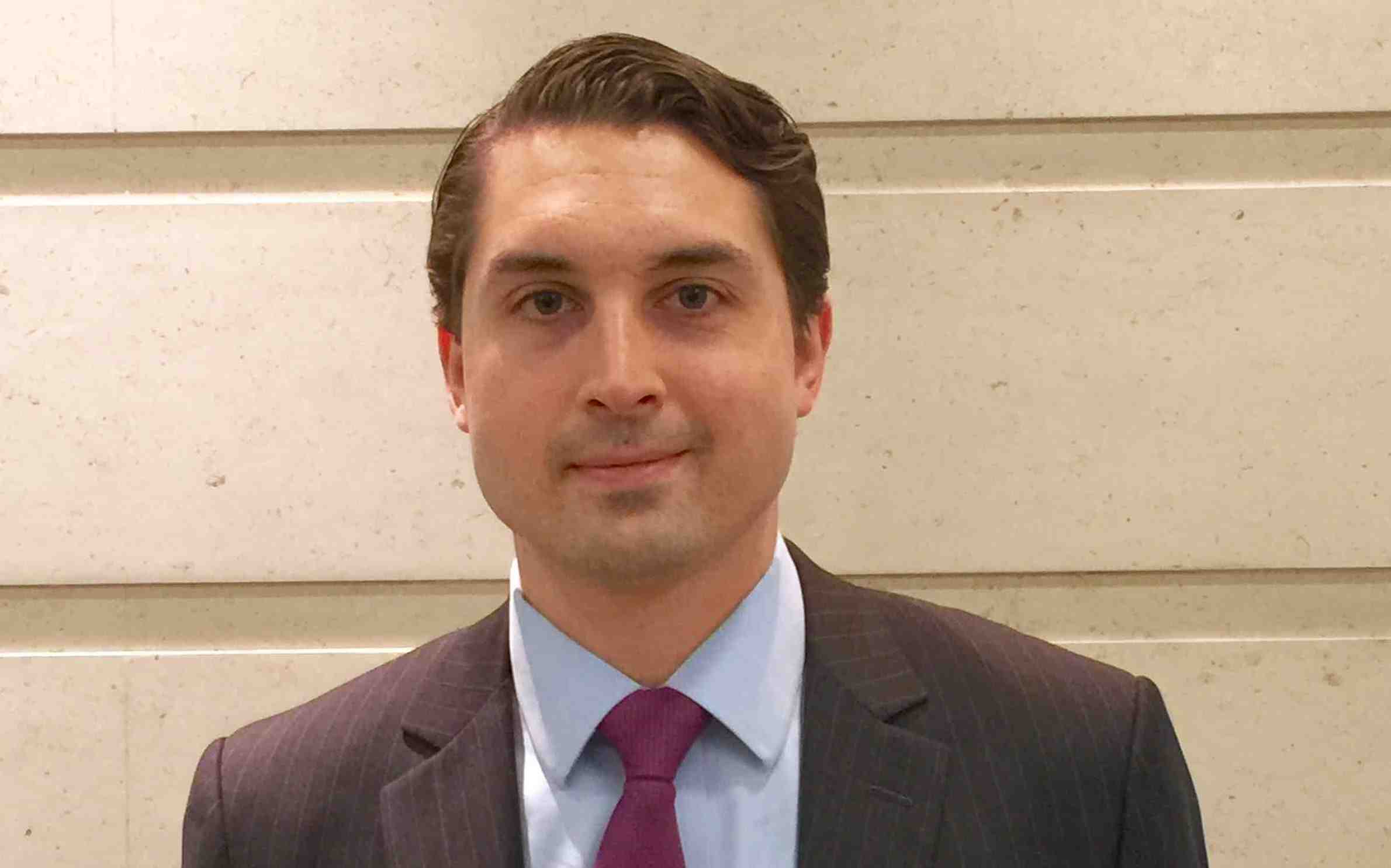March was one of the worst months in stock market history, with the novel coronavirus that causes COVID-19 spreading rapidly around the globe, and societies everywhere responding with various forms of “social distancing” that escalated throughout the month, culminating with most of the global economy being effectively shut down.
Many questions about Covid-19 remain: Will it wane with warmer weather? Will it become endemic like the flu? When might effective treatments and a vaccine be developed? The data we do possess from China, South Korea and Italy unfortunately suggest cases in the US will continue to escalate sharply, but eventually moderate. Life in China, where the virus originated last fall, appears to be slowly returning to normal. The strain on the United States health care system will be severe and the death toll – currently estimated at 100,000-240,000 – will be massive, but two dynamics give us hope. First, technology should allow us to track, treat and defeat this virus faster than any in the past. Notably, technology has also offset some of the heavy burdens of quarantine – the citizenry of the Spanish Flu of 1918 did not benefit from ecommerce, remote working/learning or Disney+. Second, after some delay, all levels of government and most businesses and individuals are instituting the practices needed to flatten the infection curve, putting us on path to put Covid-19 behind us. Many private companies have already unveiled promising developments in terms of tests that provide rapid results, therapeutic treatments and even vaccines, though many of those will likely not likely be available until 2021 at the earliest.
The cost of closures and social distancing is considerable. The global economy has nearly ground to a halt triggering what will likely be a severe recession. While there will be significant pent-up demand on the other side of this crisis, fear will need calming, supply chains will require realignment, and balance sheets will demand repair. Government action – both monetary and fiscal – is crucial, and the CARES Act signed into law on March 27th is a good start in providing relief to both individuals and businesses. The Fed has slashed rates near zero, and is also buying securities in a number of asset classes –treasuries, mortgaged backed securities, asset backed securities, corporate credit, loans backed by the Small Business Administration – in order to stabilize markets and the economy. Further fiscal stimulus will likely be needed, and we expect legislation directed at more medium to long term measures that can actually drive spending and demand (e.g., a long overdue infrastructure bill) as opposed to simply providing more relief. Ultimately this recession, like all prior, will birth a new expansion. We currently expect a return to growth in Q3 after a sharp decline in Q2, though the pace of recovery will depend on the effectiveness of both measures to contain and combat the virus, as well as measures to keep individuals and businesses afloat for when the economy opens up again.
While this one has been especially painful due to its quickness and severity, we are reminded that bear markets, like recessions, are necessary to the capitalist system, cleansing its excesses. Over the four decade plus history of our firm, there have been 5 bear markets ranging in length from 3 to 30 months. We had been anticipating a correction for some time, though the trigger for and pace of the decline (one of the most rapid in history) took us by surprise. The market already quickly bounced into technical “bull market” status from its lows, though those lows may be re-tested as the case and death counts rise to alarming levels. Ever the world’s best discounting machine, the market will need clarity on a peak in cases and government fiscal action before a sustained rally. That could be anticipated at any point which is why an attempt to time the market could result in significant forgone profits.
We believe recent volatility, attributable in some measure to the popularity of algorithmic and passive trading, has laid the groundwork for investors to again focus on fundamental stock picking. Capital preservation is especially important in bear markets. The market is offering bargains unseen since 2008. Some are opportunities to add to companies already owned, others are in companies and industries whose prior valuations put them out-of-reach. We continue to emphasize the basics: Does a company’s business model remain sound? Does it have a strong enough balance sheet to withstand the short term pain? Is management focused on shareholder value? The situation changes daily, but we believe the best way to participate in the return of health and prosperity is to own a portfolio of excellent businesses.
Merger Arbitrage was not immune from market volatility either. During the month, mark-to market merger spreads widened as levered multi-strategy and quantitative hedge funds faced margin calls and sold stocks to delever and raise cash. We experienced similar instances of this dynamic before, for example, in the Crash of 1987 and in Long-Term Capital debacle in September 1998. It is important to note that none of the deals in our portfolio were terminated in March. The outcome is that we have an excellent opportunity to earn significant returns from existing deals which will close in the months ahead.
These market dislocations force arbitrage investors to reassess the standalone value of target companies, driving target company prices lower as comparable valuations decline. Our philosophy is to take advantage of these market dislocations by adding to positions at lower prices. This is what we are doing at present, with a selective focus on deals with short-term catalysts – tender offers, deals that are expected to close soon and strategic deals that have our highest level of conviction. We are continuously evaluating deal risks and outcomes. Globally, companies and government agencies have safety measures in place in response to COVID, allowing them to remain operational.
Column by Gabelli Funds, written by Michael Gabelli
__________________________________
To access our proprietary value investment methodology, and dedicated merger arbitrage portfolio we offer the following UCITS Funds in each discipline:
GAMCO MERGER ARBITRAGE
GAMCO Merger Arbitrage UCITS Fund, launched in October 2011, is an open-end fund incorporated in Luxembourg and compliant with UCITS regulation. The team, dedicated strategy, and record dates back to 1985. The objective of the GAMCO Merger Arbitrage Fund is to achieve long-term capital growth by investing primarily in announced equity merger and acquisition transactions while maintaining a diversified portfolio. The Fund utilizes a highly specialized investment approach designed principally to profit from the successful completion of proposed mergers, takeovers, tender offers, leveraged buyouts and other types of corporate reorganizations. Analyzes and continuously monitors each pending transaction for potential risk, including: regulatory, terms, financing, and shareholder approval.
Merger investments are a highly liquid, non-market correlated, proven and consistent alternative to traditional fixed income and equity securities. Merger returns are dependent on deal spreads. Deal spreads are a function of time, deal risk premium, and interest rates. Returns are thus correlated to interest rate changes over the medium term and not the broader equity market. The prospect of rising rates would imply higher returns on mergers as spreads widen to compensate arbitrageurs. As bond markets decline (interest rates rise), merger returns should improve as capital allocation decisions adjust to the changes in the costs of capital.
Broad Market volatility can lead to widening of spreads in merger positions, coupled with our well-researched merger portfolios, offer the potential for enhanced IRRs through dynamic position sizing. Daily price volatility fluctuations coupled with less proprietary capital (the Volcker rule) in the U.S. have contributed to improving merger spreads and thus, overall returns. Thus our fund is well positioned as a cash substitute or fixed income alternative.
Our objectives are to compound and preserve wealth over time, while remaining non-correlated to the broad global markets. We created our first dedicated merger fund 32 years ago. Since then, our merger performance has grown client assets at an annualized rate of approximately 10.7% gross and 7.6% net since 1985. Today, we manage assets on behalf of institutional and high net worth clients globally in a variety of fund structures and mandates.
Class I USD – LU0687944552
Class I EUR – LU0687944396
Class A USD – LU0687943745
Class A EUR – LU0687943661
Class R USD – LU1453360825
Class R EUR – LU1453361476
GAMCO ALL CAP VALUE
The GAMCO All Cap Value UCITS Fund launched in May, 2015 utilizes Gabelli’s its proprietary PMV with a Catalyst™ investment methodology, which has been in place since 1977. The Fund seeks absolute returns through event driven value investing. Our methodology centers around fundamental, research-driven, value based investing with a focus on asset values, cash flows and identifiable catalysts to maximize returns independent of market direction. The fund draws on the experience of its global portfolio team and 35+ value research analysts.
GAMCO is an active, bottom-up, value investor, and seeks to achieve real capital appreciation (relative to inflation) over the long term regardless of market cycles. Our value-oriented stock selection process is based on the fundamental investment principles first articulated in 1934 by Graham and Dodd, the founders of modern security analysis, and further augmented by Mario Gabelli in 1977 with his introduction of the concepts of Private Market Value (PMV) with a Catalyst™ into equity analysis. PMV with a Catalyst™ is our unique research methodology that focuses on individual stock selection by identifying firms selling below intrinsic value with a reasonable probability of realizing their PMV’s which we define as the price a strategic or financial acquirer would be willing to pay for the entire enterprise. The fundamental valuation factors utilized to evaluate securities prior to inclusion/exclusion into the portfolio, our research driven approach views fundamental analysis as a three pronged approach: free cash flow (earnings before, interest, taxes, depreciation and amortization, or EBITDA, minus the capital expenditures necessary to grow/maintain the business); earnings per share trends; and private market value (PMV), which encompasses on and off balance sheet assets and liabilities. Our team arrives at a PMV valuation by a rigorous assessment of fundamentals from publicly available information and judgement gained from meeting management, covering all size companies globally and our comprehensive, accumulated knowledge of a variety of sectors. We then identify businesses for the portfolio possessing the proper margin of safety and research variables from our deep research universe.
Class I USD – LU1216601648
Class I EUR – LU1216601564
Class A USD – LU1216600913
Class A EUR – LU1216600673
Class R USD – LU1453359900
Class R EUR – LU1453360155
Disclaimer:
The information and any opinions have been obtained from or are based on sources believed to be reliable but accuracy cannot be guaranteed. No responsibility can be accepted for any consequential loss arising from the use of this information. The information is expressed at its date and is issued only to and directed only at those individuals who are permitted to receive such information in accordance with the applicable statutes. In some countries the distribution of this publication may be restricted. It is your responsibility to find out what those restrictions are and observe them.
Some of the statements in this presentation may contain or be based on forward looking statements, forecasts, estimates, projections, targets, or prognosis (“forward looking statements”), which reflect the manager’s current view of future events, economic developments and financial performance. Such forward looking statements are typically indicated by the use of words which express an estimate, expectation, belief, target or forecast. Such forward looking statements are based on an assessment of historical economic data, on the experience and current plans of the investment manager and/or certain advisors of the manager, and on the indicated sources. These forward looking statements contain no representation or warranty of whatever kind that such future events will occur or that they will occur as described herein, or that such results will be achieved by the fund or the investments of the fund, as the occurrence of these events and the results of the fund are subject to various risks and uncertainties. The actual portfolio, and thus results, of the fund may differ substantially from those assumed in the forward looking statements. The manager and its affiliates will not undertake to update or review the forward looking statements contained in this presentation, whether as result of new information or any future event or otherwise.



 By Alicia Miguel Serrano
By Alicia Miguel Serrano